Why Choose Mexico for Spinal Cord Stem Cell Treatment
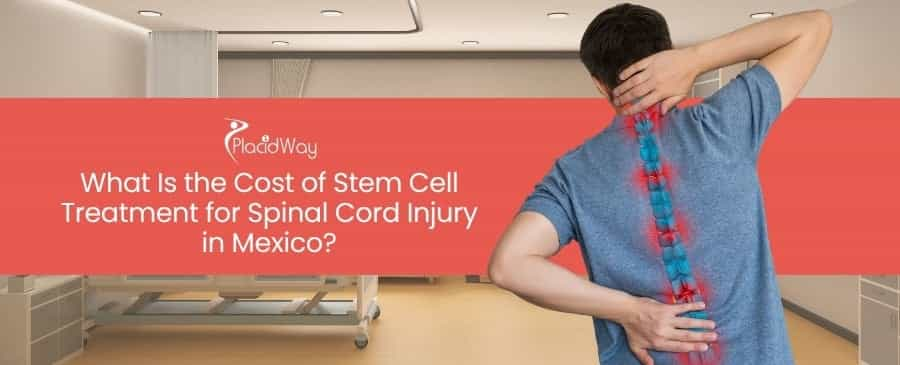
If you're exploring options for spinal cord injury (SCI) treatment, you've likely come across stem cell therapy as a promising avenue. Many people globally are looking towards medical tourism destinations like Mexico, known for its advanced medical facilities and more accessible pricing for cutting-edge treatments. It's natural to have many questions, especially concerning the financial aspect and the overall process.
This guide aims to provide clear, comprehensive answers to your most pressing questions about the cost of stem cell treatment for spinal cord injury in Mexico, alongside other crucial information for anyone considering this path. We'll dive into what influences pricing, how it compares to other countries, and what you should expect when considering Mexico for your treatment journey.
What is the average cost of stem cell treatment for spinal cord injury in Mexico?
When considering stem cell treatment for spinal cord injury in Mexico, the price can fluctuate quite a bit. Generally, you can expect a single treatment cycle to fall within the range of $10,000 to $25,000 USD. This figure is an average, and some highly specialized clinics offering more extensive protocols or specific types of stem cells might quote prices at the higher end or even slightly above this range.
It's important to understand that this cost typically covers the stem cell procedure itself, which includes the preparation of the cells, their administration (e.g., intravenous, intrathecal, or direct injection), and initial medical consultations. However, it might not always include all pre-treatment diagnostics, post-treatment follow-up care, or any additional supportive therapies that might be recommended. Always ask for a detailed breakdown of what is included in the quoted price.
What factors influence the total price of stem cell therapy for SCI in Mexico?
Understanding the factors that contribute to the overall cost can help you budget and make informed decisions. Here are the primary elements that can influence the price:
- Type and Source of Stem Cells: Different types of stem cells (e.g., mesenchymal stem cells from umbilical cord, adipose tissue, or bone marrow) have varying extraction and processing costs. Umbilical cord-derived mesenchymal stem cells (UC-MSCs) are often favored for their potency and ease of acquisition, but their cost can vary.
- Number of Cells and Injections: The dosage of stem cells and the number of injections or treatment sessions required play a significant role. A more severe injury might necessitate a higher cell count or multiple treatment cycles, increasing the total expense.
- Clinic Reputation and Facilities: Well-established clinics with state-of-the-art facilities, highly experienced medical staff, and international accreditations often have higher prices due to their investment in technology, research, and quality assurance.
- Adjunct Therapies: Many clinics offer comprehensive treatment plans that include complementary therapies such as hyperbaric oxygen therapy, physical therapy, nutritional support, or rehabilitation services alongside stem cell injections. These added services, while beneficial for recovery, will increase the overall cost.
- Pre-treatment Diagnostics and Post-treatment Follow-up: The extent of diagnostic testing needed before treatment (MRI, blood tests, neurological assessments) and the duration or type of post-treatment monitoring can also impact the final price.
Is stem cell treatment for spinal cord injury covered by insurance in Mexico or elsewhere?
This is a crucial point for anyone considering stem cell therapy. For the vast majority of patients, stem cell treatment for spinal cord injury is considered an experimental or investigational procedure by insurance companies worldwide. This means that private health insurance plans, Medicare, Medicaid, and national health services typically do not cover the costs.
Patients should be prepared to pay for the treatment entirely out-of-pocket. While some insurance plans might cover diagnostic tests or rehabilitation therapies if they are part of a broader, recognized treatment plan, the stem cell injection itself is almost always a self-pay expense. It's always wise to contact your insurance provider directly to confirm their policies, but it's important to manage expectations regarding coverage for these advanced treatments.
How does the cost of stem cell treatment in Mexico compare to other countries like the US or Canada?
One of the primary reasons individuals choose Mexico for stem cell therapy is the substantial cost savings compared to developed nations. In the United States or Canada, similar stem cell treatments, if available, can cost anywhere from $30,000 to $100,000 or even more per treatment cycle, depending on the specifics of the therapy and the medical institution.
Mexico offers a compelling alternative, with prices often representing a 50% to 70% reduction for comparable quality of care and sometimes even more advanced protocols not yet widely available in other countries. This difference in pricing is largely due to lower operational costs, including medical staff salaries, facility overheads, and regulatory expenses. This makes Mexico a leading destination for medical tourism, allowing patients to access potentially life-changing treatments without the prohibitive costs found elsewhere.
What should I look for in a stem cell clinic in Mexico for spinal cord injury?
Selecting the right clinic is paramount to ensuring safety and potential efficacy. Here’s what to prioritize:
- Accreditation and Licensing: Ensure the clinic is properly licensed by the Mexican health authorities (COFEPRIS) and, ideally, holds international accreditations such as from Joint Commission International (JCI) or other recognized bodies.
- Physician Experience: Research the qualifications and experience of the doctors. Look for specialists with backgrounds in neurology, regenerative medicine, or spinal cord injury, and those with extensive experience specifically in stem cell administration.
- Transparency in Treatment Plans and Pricing: A reputable clinic will provide a clear, detailed treatment plan and a transparent breakdown of all costs involved, with no hidden fees.
- Facility Standards: The clinic should maintain high standards of hygiene, modern equipment, and a sterile environment for cell processing and administration.
- Patient Safety Protocols: Inquire about their safety records, adverse event management, and patient care procedures both during and after treatment.
- Stem Cell Sourcing and Processing: Understand where their stem cells come from (e.g., ethically sourced umbilical cord tissue, autologous fat/bone marrow) and how they are processed in their lab to ensure quality and viability.
- Patient Testimonials and Outcomes: While individual results vary, positive testimonials and transparent sharing of patient outcomes can offer valuable insights.
Are there additional costs associated with medical tourism for stem cell treatment in Mexico?
Beyond the direct cost of the stem cell treatment itself, it's essential to budget for medical tourism expenses. These can significantly add to your overall financial outlay:
| Expense Category | Description |
|---|---|
| Travel | Round-trip airfare for the patient and any accompanying caregivers, ground transportation (taxis, shuttles) to and from the airport and clinic. |
| Accommodation | Hotel stays or rental apartments for the duration of the visit. The length of stay typically depends on the treatment protocol. |
| Meals | Daily food and beverage expenses for the patient and caregiver. |
| Translator Services | If the clinic doesn't provide multilingual staff, you might need to hire a professional translator to ensure clear communication. |
| Post-Treatment Care | Follow-up consultations, additional medications, or rehabilitation sessions that may be recommended after returning home. |
| Visa and Insurance | Costs associated with obtaining necessary travel visas (if applicable) and travel insurance for medical emergencies. |
It is wise to factor in all these variables when calculating your total budget for stem cell treatment in Mexico. Many medical tourism facilitators can help coordinate these logistics, sometimes offering package deals that include accommodation and transport.
What types of stem cells are used for spinal cord injury treatment in Mexico?
Stem cell therapy for SCI in Mexico typically utilizes various types of multipotent stem cells, each with unique advantages:
- Mesenchymal Stem Cells (MSCs): These are highly favored due to their immunomodulatory properties, ability to differentiate into various cell types (including neural cells), and their capacity to promote tissue repair and reduce inflammation. MSCs can be sourced from:
- Umbilical Cord Tissue: These are often considered "younger" and more potent cells, readily available from screened donors, and do not require invasive collection from the patient.
- Adipose (Fat) Tissue: These are autologous (from the patient's own body) and can be harvested with a minimally invasive liposuction procedure. They are abundant and relatively easy to process.
- Bone Marrow: Also autologous, these cells are collected from the patient's bone marrow, typically from the hip. They have a long history of therapeutic use.
- Neural Stem Cells (NSCs): While more specialized, some clinics may explore therapies involving neural stem cells, which have a direct capacity to differentiate into neurons and glial cells, potentially offering more direct regeneration of neural tissue. However, their use is less common and often more complex.
The choice of stem cell type often depends on the clinic's expertise, the patient's specific condition, and the overall treatment protocol designed by the medical team.
What is the typical duration of stem cell treatment for SCI in Mexico?
The actual "treatment" phase – meaning the time spent at the clinic receiving the stem cell injections and immediate post-procedure monitoring – is often relatively short.
- Preparation and Consultation: Before the actual cell administration, there will be consultations, diagnostic reviews, and potentially preparation procedures (like harvesting autologous cells if applicable), which can take 1-2 days.
- Treatment Days: The stem cell infusions or injections themselves might be administered over 1-3 days, sometimes spread out with rest days in between. This depends on the specific protocol (e.g., single large dose, multiple smaller doses, or combination therapies).
- Observation: After the final infusion, patients are usually kept under observation for a day or two to monitor for any immediate reactions and ensure stability before being cleared for travel.
Therefore, while the core medical procedures might only take a few days, patients often plan for a longer stay of 1 to 2 weeks in Mexico to allow for travel, pre-treatment assessments, the treatment itself, and a short period of initial recovery and rest before flying home. This extended stay also accounts for any follow-up consultations or adjunctive therapies scheduled during the visit.
What are the potential benefits of stem cell therapy for spinal cord injury?
While stem cell treatment for SCI is still an evolving field, ongoing research and clinical experience suggest several potential benefits:
- Neuroprotection: Stem cells can release growth factors and cytokines that protect existing neurons from further damage in the injured spinal cord, limiting the extent of secondary injury.
- Anti-inflammatory Effects: MSCs, in particular, have strong immunomodulatory properties that can reduce chronic inflammation at the injury site, which is crucial for creating an environment conducive to healing.
- Angiogenesis: Stem cells can promote the formation of new blood vessels, improving blood flow and oxygen supply to the compromised tissues around the injury.
- Nerve Regeneration: These cells may stimulate the regrowth of damaged axons and myelin, and potentially differentiate into neural cells to replace lost tissue, bridging the injury gap.
- Functional Improvements: Anecdotal reports and some clinical studies suggest potential improvements in motor function (e.g., strength, mobility), sensory perception (e.g., touch, pain), bladder and bowel control, and reduced neuropathic pain in some patients, though results are highly individualized.
It is important for patients to have realistic expectations and understand that stem cell therapy is not a guaranteed cure, but rather a promising treatment modality that aims to improve symptoms and quality of life.
Is medical tourism for spinal cord injury treatment in Mexico a safe option?
The safety of medical tourism for SCI treatment in Mexico largely depends on the choices made by the patient. Mexico has a robust medical tourism industry with many world-class hospitals and specialized clinics. However, like any popular medical destination, there can be varying standards of care.
To ensure a safe experience, it is critical to:
- Verify Credentials: Confirm that the clinic and its medical staff are properly licensed and accredited. Check for affiliations with international medical organizations.
- Review Safety Protocols: Inquire about the clinic's patient safety records, hygiene standards, and emergency procedures.
- Communicate Clearly: Ensure there are no language barriers that could lead to misunderstandings about your treatment plan, risks, or aftercare. Many reputable clinics have English-speaking staff.
- Understand the Risks: Be fully informed about the potential risks and benefits of stem cell therapy, as it is still an investigational treatment for SCI. A good clinic will provide this information openly.
By conducting thorough research and due diligence, patients can significantly mitigate risks and access high-quality care for their spinal cord injury treatment in Mexico.
What kind of post-treatment support should I expect after stem cell therapy for SCI in Mexico?
Post-treatment support is a critical component of maximizing the potential benefits of stem cell therapy. Reputable clinics in Mexico understand this and typically provide a comprehensive aftercare plan.
This usually includes:
- Discharge Instructions: Detailed written instructions on medications, activity restrictions, wound care (if any), and signs to watch out for.
- Remote Follow-up: Many clinics offer telemedicine consultations or email support for patients once they return home. This allows doctors to monitor progress, address concerns, and make recommendations without the need for another international trip.
- Rehabilitation Recommendations: Stem cell therapy often works best in conjunction with intensive physical and occupational therapy. The clinic will likely provide recommendations for rehabilitation specialists or programs to continue upon your return. This ongoing therapy is vital for retraining the body and consolidating any gains from the stem cell treatment.
- Nutritional and Lifestyle Advice: Guidance on diet, supplements, and lifestyle changes that can support healing and overall well-being.
It is important to discuss the specifics of post-treatment support with the clinic before committing to treatment, ensuring you have a clear understanding of what to expect once you leave Mexico.
How can I verify the legitimacy and success rates of a stem cell clinic in Mexico?
Given the innovative nature of stem cell therapy and the popularity of medical tourism, verifying a clinic's legitimacy and claims is essential.
Here’s how you can approach it:
- Official Licensing and Certifications:
- Confirm the clinic is licensed by Mexico's Federal Commission for the Protection against Sanitary Risk (COFEPRIS), which regulates medical facilities.
- Look for international accreditations such as Joint Commission International (JCI), though not all excellent clinics will have this.
- Physician Credentials:
- Verify the doctors' certifications, specializations, and memberships in recognized medical associations. Many Mexican doctors are trained internationally.
- Inquire about their specific experience with stem cell treatments for spinal cord injuries.
- Transparency in Outcome Reporting:
- Reputable clinics will be transparent about their methods, the types of cells used, and their patient outcomes.
- Be cautious of clinics that promise guaranteed cures or overly optimistic results, as SCI recovery is highly complex and individualized.
- Patient Testimonials and Reviews:
- Search for independent patient reviews on forums, social media groups, and medical tourism platforms.
- If possible, speak directly with former patients to get firsthand accounts of their experiences.
- Ask Detailed Questions: Don't hesitate to ask clinics for detailed information on their protocols, cell sourcing, laboratory practices, and safety measures. A legitimate clinic will be happy to provide this.
By taking these steps, you can make a more informed decision and increase your confidence in the clinic you choose.
Considering medical tourism for spinal cord injury treatment? PlacidWay is here to help you navigate your options. Explore our network of world-class clinics and find solutions tailored to your healthcare needs. Contact PlacidWay today to learn more about medical tourism, healthcare services, and how we can assist you in your treatment journey.


.png)



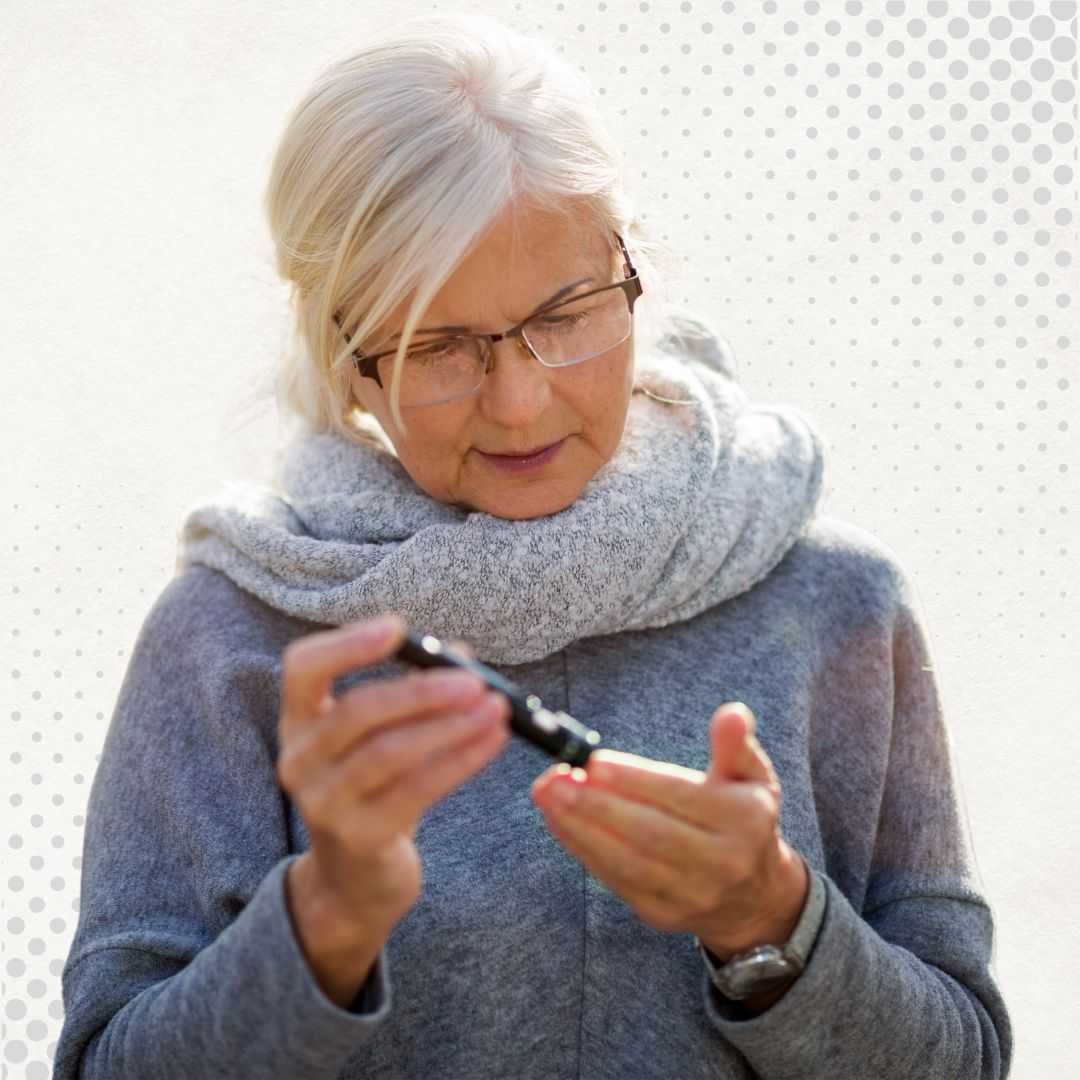



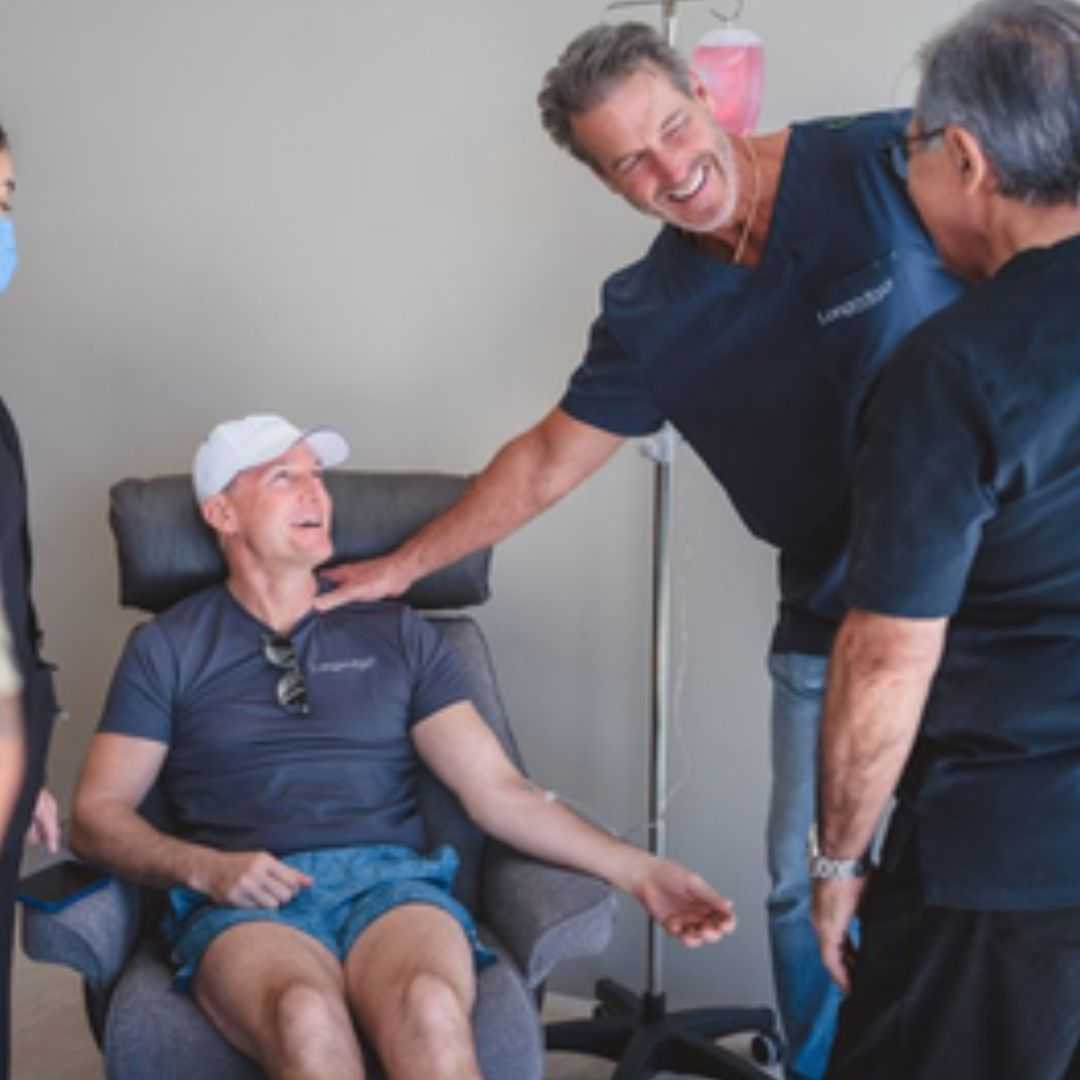

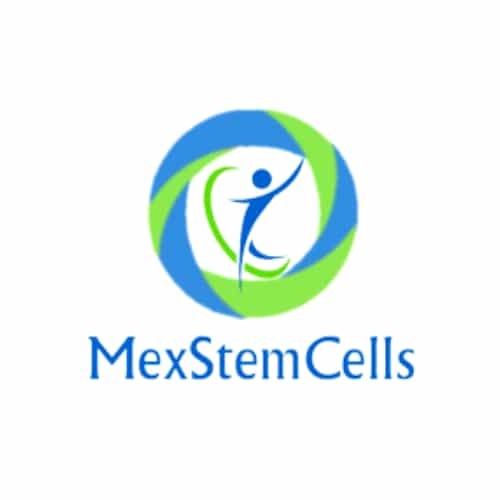


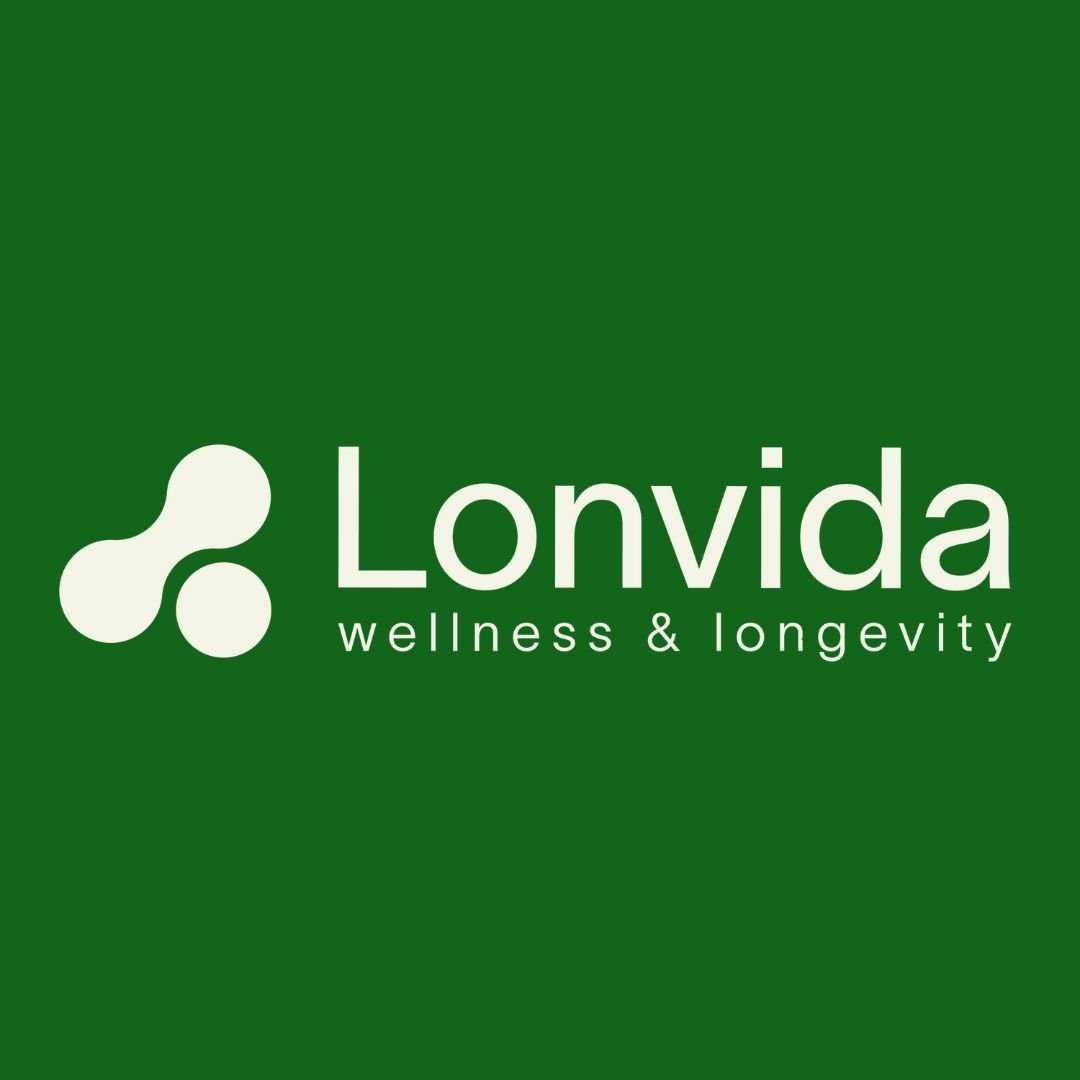

Share this listing